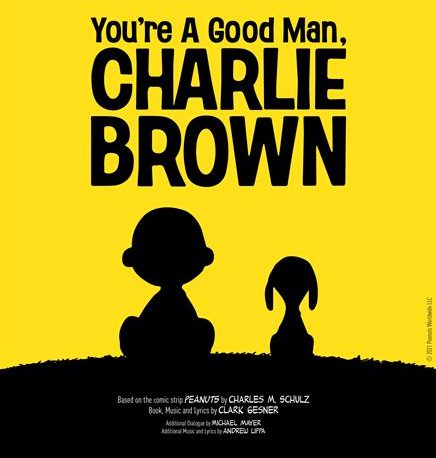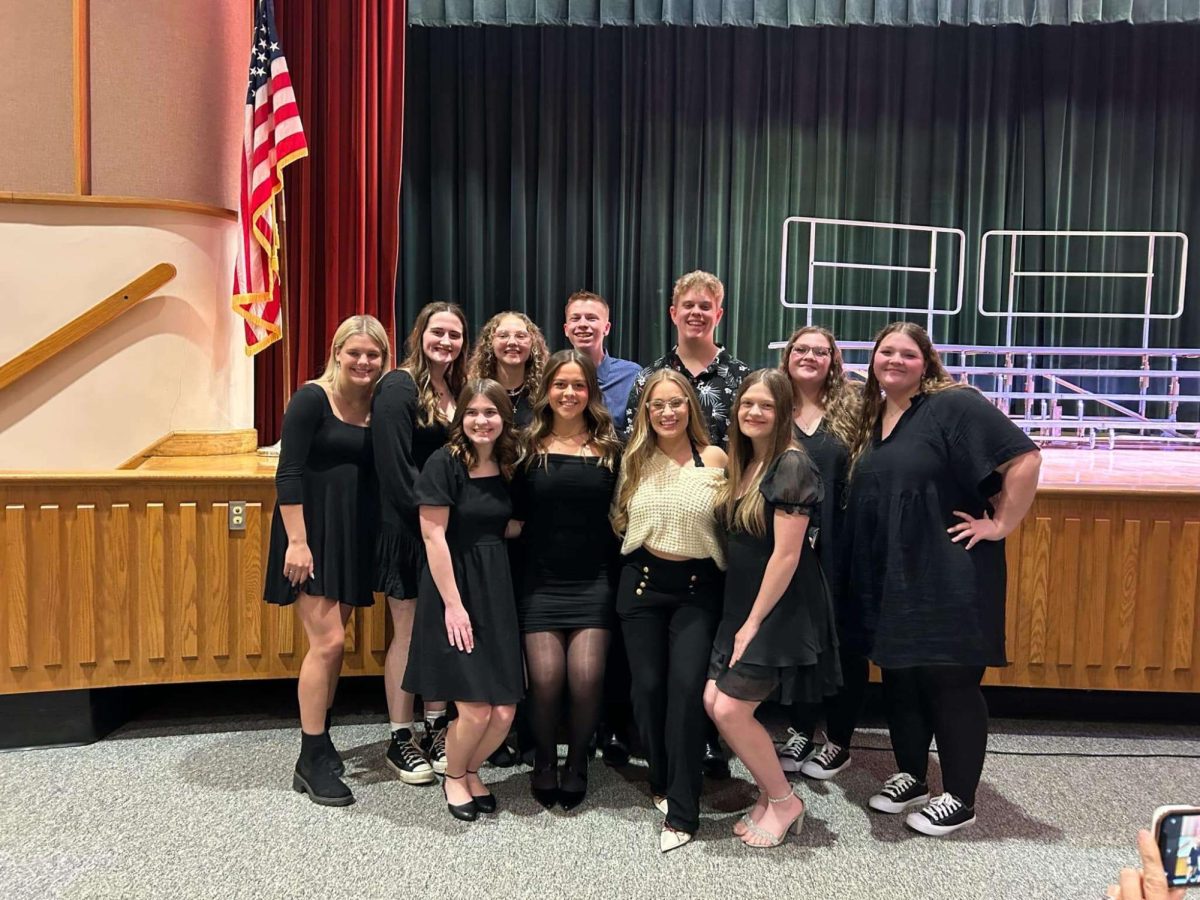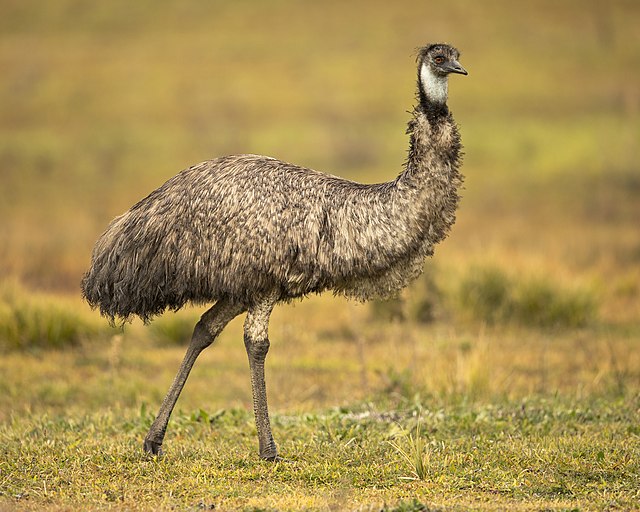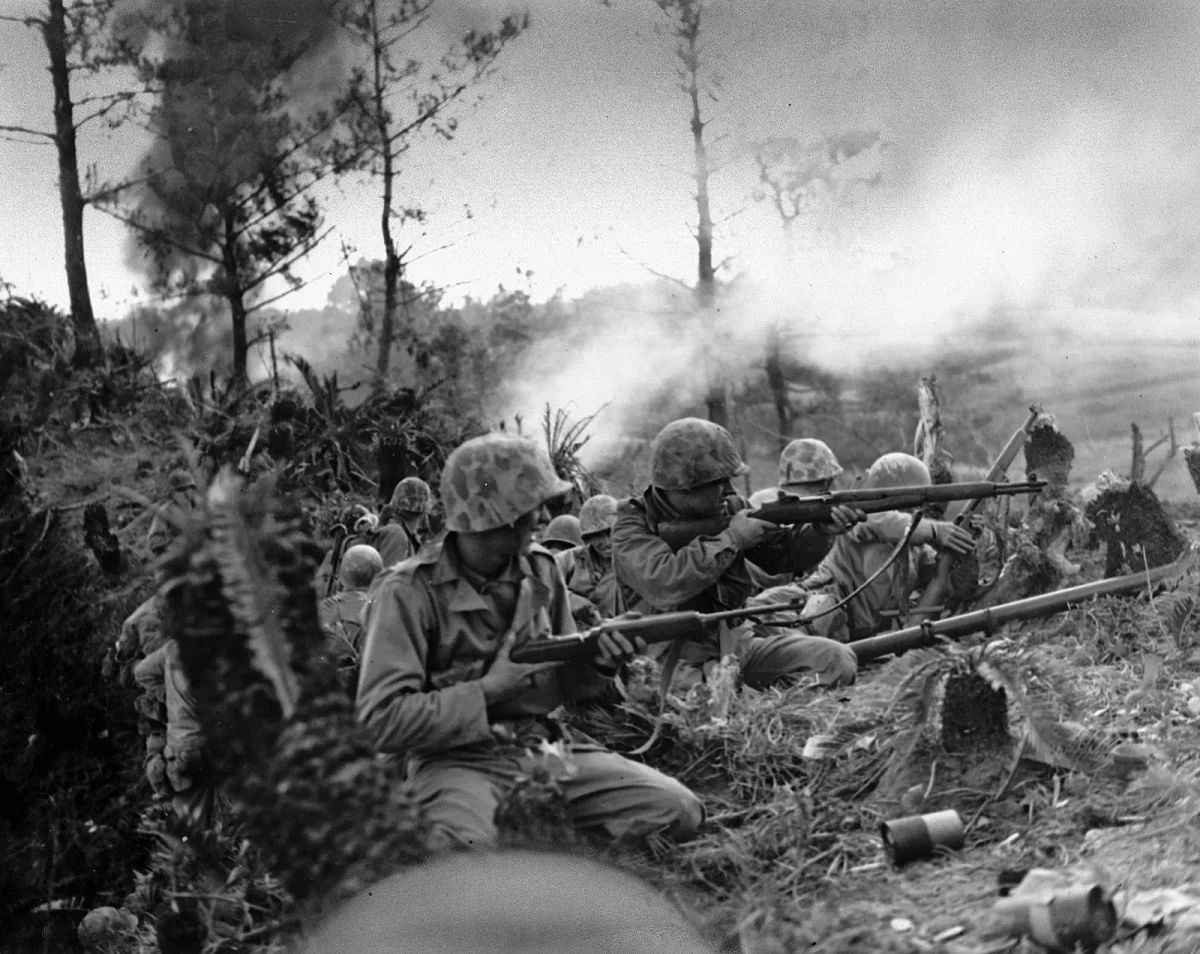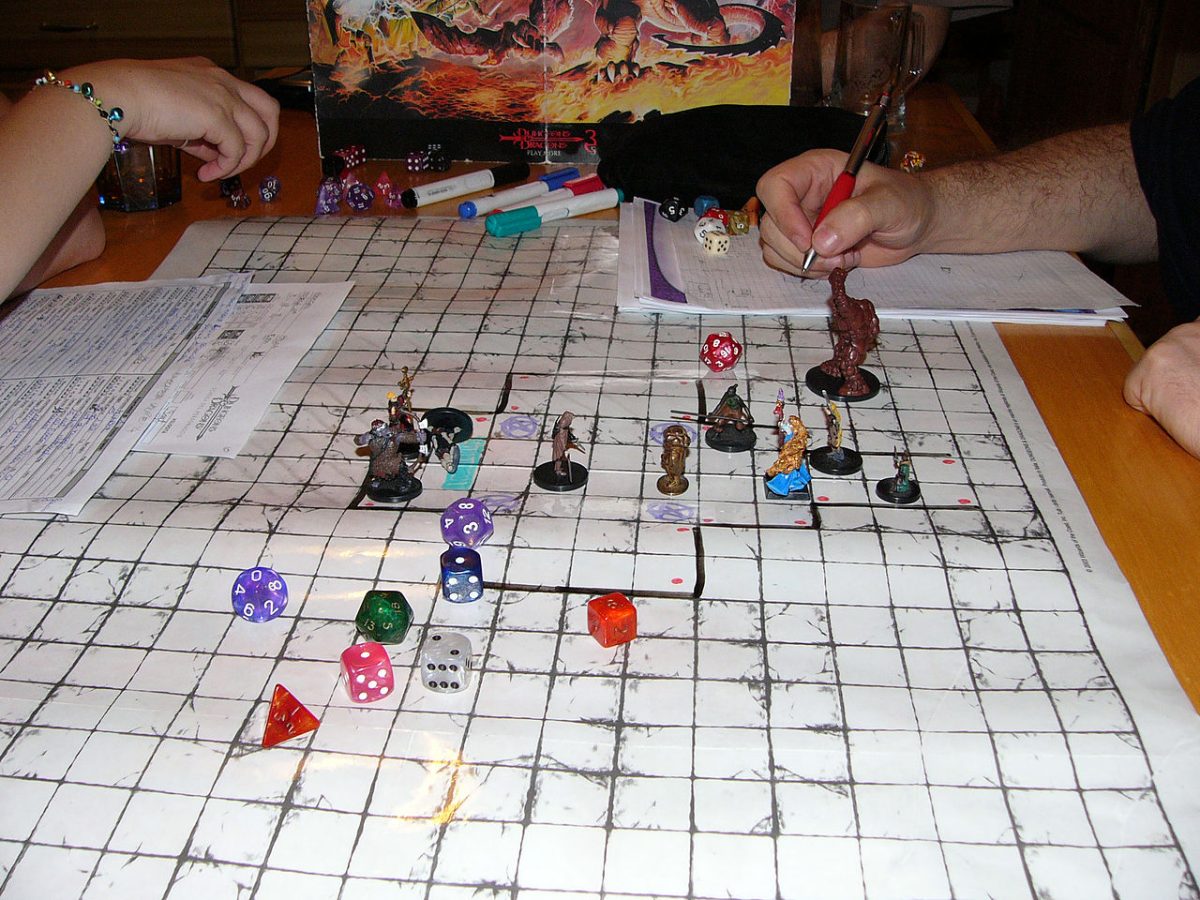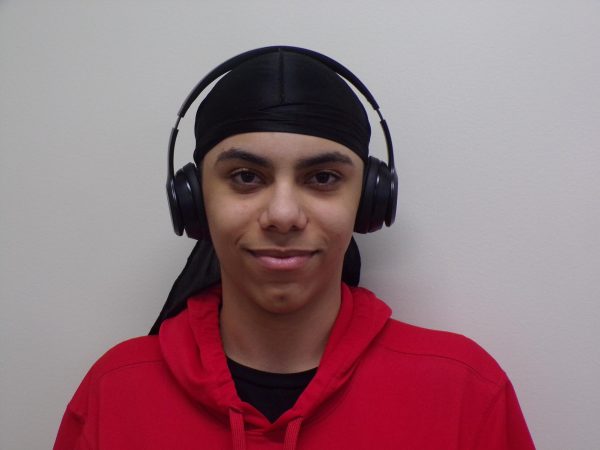Warning: the graphic nature and details of genocide are included in this story
A small East central African country, Rwanda, faced a massive genocide and it was not as long ago as you may think– only 30 years ago, between April 7 and July 19 1994, killing roughly a million people. But how did this once beautiful country and all of its people turn on each other? Belgian colonization, the cause for the radicalization of Hutu and the anti-Tutsi discrimination movements and ideologies spreading across the country. Let’s first show who was against who.
Before the genocide there was a civil war between the government and its armed forces against the rebel group the Rwandan Patriotic Front (RPF) led by Tutsi exiles in Uganda. That was only four years before the genocide started. The ongoing war led to a massive amount of anti-Tutsi propaganda. This propaganda was designed to make Tutsi people out to be infiltrating traitors, comparing them to cockroaches. That is where the often documented slur of “cockroach” comes from.
Belgium’s involvement
Belgium was exploiting Rwanda, its natural resources, land, people, and relatively anything they could get their hands on. In 1962 Rwanda had gotten independence from Belgium after 30 years of rule, but they still played a major role in so many ways that they can even all be listed, but that doesn’t mean I won’t try. They radicalized the Hutu and the moderates to make them believe that they were better than the Tutsi and to make them feel like they were inferior and had no rights. This led to the Hutu believing that they had the birth right to the land and that they could take whatever they wanted from them with no repercussions. Belgium also helped convince the United Nations that they should not interfere with the genocide because of the fact that it was a “civil war” when it was actually a Belgium induced genocide. Belgium was also in charge of the schools and education in Rwanda for quite some time, leading many to believe that it may have caused the indoctrination of Hutu children. This is why it is also believed that the Hutu implemented an education quota system that required Hutu to get more education than Tutsi and required Tutsi and Hutu to be indoctrinated to make them believe that the Hutu were better at birth. This tactic was initially started, used, and propagated, by Germany in the 1940s. I hope we all know what happened in Germany in the 1940s. In the months prior to the killing of the Hutu president, the official recognized starting point of the genocide and the start of the slaughter, the government and Hutu people began stockpiling machetes that are also believed to have been given to them by the Belgians. The Belgians proposed the idea that they would need to carry ID cards and the Hutu fulfilled this. There are many more list-able things the Belgians could have done, or not done, to stop this holocaust from happening. This was almost 100% the fault of Belgium.
The Holocaust Memorial Day group and the 10 stages
There are 10 stages of genocide and many genocides have been recognized beyond the Holocaust. Those include but are not limited to: Khmer Rouge in Cambodia, Hutu and Belgium in Rwanda, Bosnia, and Darfur. The 10 stages are often in order but it’s not unlikely that they occur out of order either. The 10 stages include “classification” where the differences between people are identified and made clear; “symbolization” where the people with said defined differences are forced to wear a visible symbol like the numbers on the arms of Jewish people and the yellow Star of David in the German-Jewish holocaust, “discrimination” where the group acting out the genocide makes plans to, and does, deny civil rights and basic human rights to the group of people, “dehumanization” where people are made to seem less than human often to justify any actions taken against them. The less human they seem the more they can get away with. “Organization,” where the genocidal group organizes the items, people, and other materials needed to carry out the actual slaughter and genocide, often claiming its for military purposes or other “regular” reasons, although it will be used to carry out the genocide later; “polarization” where the dominant group begins to spread propaganda against the oppressed group, leading to indoctrination, dehumanization, and normalization; “preparation” where the oppressing force prepares to carry out the next phase, often having a euphemism or phrase that goes with it, usually doing things like building things like prison camps, stockpiling money, and strictly enforcing the symbolization; “persecution” targets are identified, categorized, and listed, often there is more strictness on the symbolism causing more segregation and division making it easier for the attacks to be carried out, property can be taken and slaughters start; “extermination,” where the targeted oppressed groups, ethnicities, minorities, religions, races, and genders are attacked in systematic, well-designed violent campaigns, people are often displaced, towns, villages, cities, and even countries can be completely wiped out and, or, flattened; and finally, “denial,” where perpetrators or moderate and unaffected people deny the actions.
Did Rwanda fit the 10 stages?
Let’s look at the things that happened in Rwanda and see how they fit into this. The first stage, they obviously classified the Hutu vs the Tutsi, visible by the color of their skin. They symbolized this with the ID cards. Discrimination with propaganda: all Hutu radio stations, and all Hutu facilities, simply put, introducing segregation. The dehumanization of the Tutsi people was so extreme that it is one of the most well-documented cases of dehumanization right next to the German-Jewish holocaust, with the Hutu almost always coming to refer to the Tutsi people as the previously aforementioned “cockroaches” term. The organization is the ID cards, collecting people to join the Hutu like the Hutu moderates, and gathering weapons like machetes. The propaganda was seen often in the news, in the all Hutu radio stations, and the indoctrination in the schools and classrooms. The preparation was in the form of the infamous phrase “It’s time to cut the tall trees down.” This phrase alone played across the Hutu-only radio stations, single handedly triggering the start of the Rwandan genocide. This was the signal phrase that made the Hutu people begin the slaughter. Hutu people took their machetes and went to the closest Tutsi, usually in their homes because the signal went out at night, and began to kill, rape, and hunt. There were over 1 million deaths, and 500,000 rapes of men, women, and unfortunately even children. People who formerly were best friends turned on each other. People went weeks without food, clean water, and places to sleep. Persecution, Tutsi and Hutu moderates were rounded up, threatened, beaten, tortured, and raped until they told the Hutu extremists where more Tutsi and Hutu moderates were. Extermination was common in the slaughter that happened over the many months of the genocide. One of the shortest genocides, yet one of the highest on the day to death rate per capita with an average of 10,000 people a day. Simply take a second to comprehend that. That’s almost double the entire population of Corry. That many people died every day, not as a whole, every single day for a hundred days.
The Rwandan recovery
The genocide is one often forgotten and overlooked, as a part of the denial phase of genocide. To this day, Rwanda has the highest rate of women elected in government and female government officials. They also have a higher economic growth rate than the United States per capita. Alongside all of this the Rwandans are more unified than ever after realizing that their hatred was a result of indoctrination and colonization. They have invested more money into revolutionizing healthcare per capita than all of the leading countries combined. Similar to South Africa after the apartheid era, they are now focusing less on economic growth and more on making their country into a bastion of science technology engineering and revolution. The genocide was horrific and the union and exponential growth that they received does not nearly make up for the damage they incurred. Although, it definitely gives hope for the Rwandan people and their country’s progression in the near future.
If you want to see a movie about the genocide, there are many movies and documentaries on it that you can watch, with parent permission due to the graphic nature of genocide. Some of these movies include “Trees of Peace”, “Sometimes in April”, and the documentary “A Culture of Murder.”





